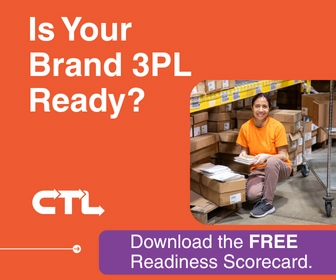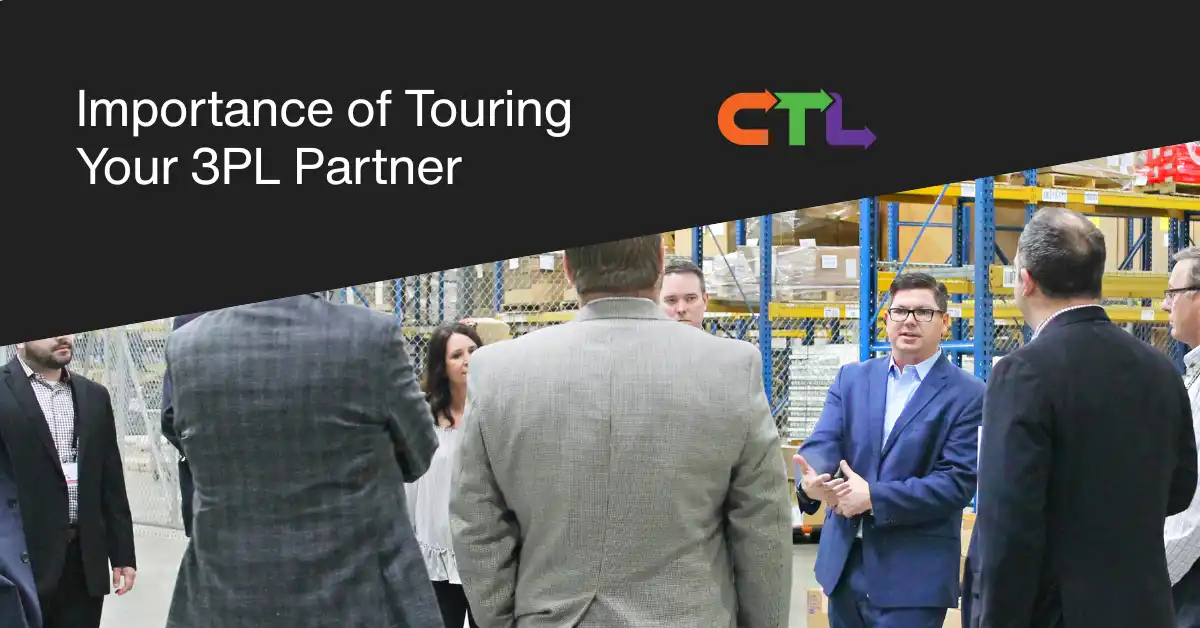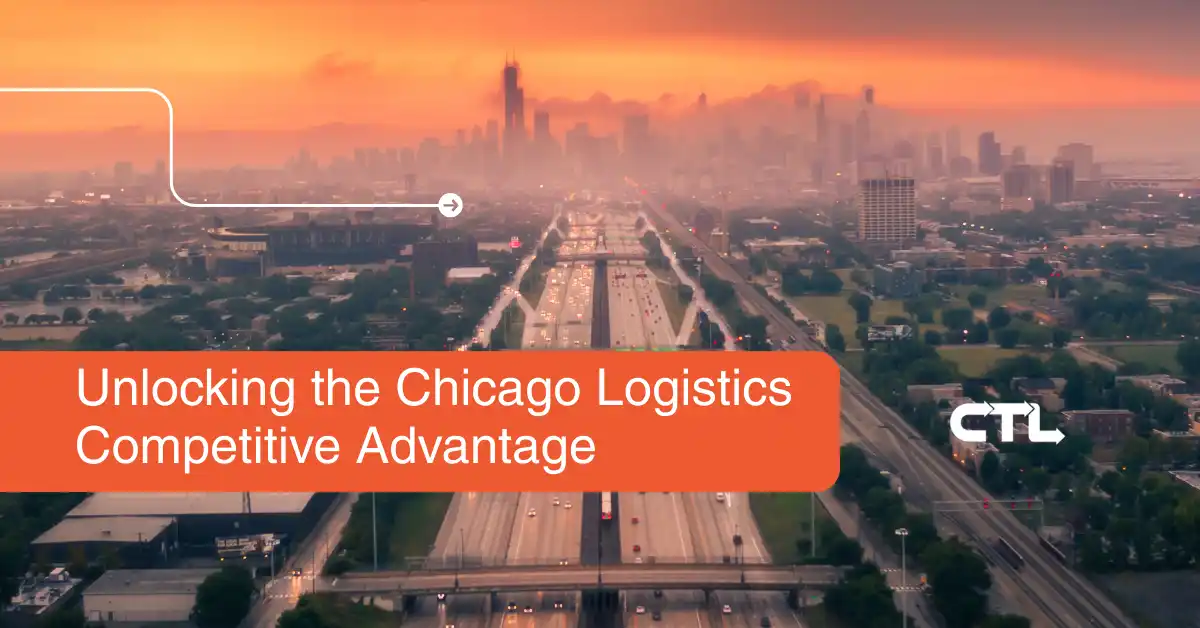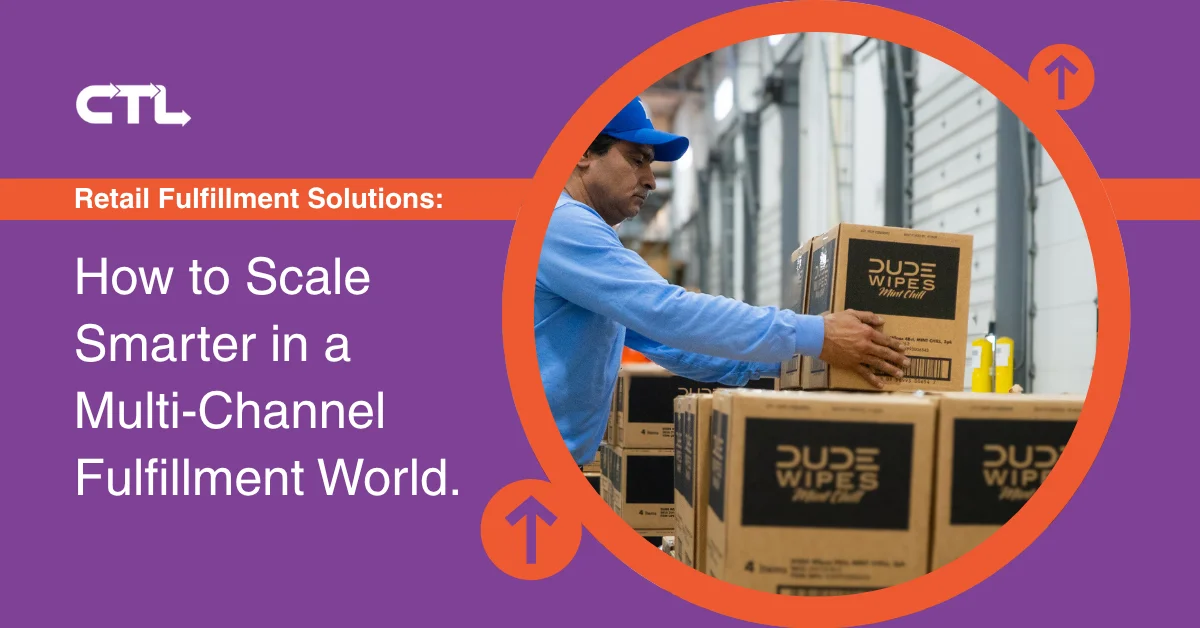How to Calculate Fulfillment Cost per Order : A Guide for Brand Managers Considering a 3PL Partner
- CTL

In today’s direct‑to‑consumer (DTC) marketplace, fulfillment is more than a logistics function—it’s a key driver of brand reputation and customer loyalty. Whether you’re managing operations internally or partnering with a 3PL service provider, understanding what drives your fulfillment costs is essential.
Brand managers and operational directors who understand these dynamics gain better control over growth strategies, align budgets with brand expectations, and make more effective decisions about outsourcing.
Introduction to Cost Drivers
Every fulfillment operation—whether in‑house or with a 3PL fulfillment service—is shaped by a set of cost drivers. Knowing these drivers doesn’t just improve efficiency; it empowers leaders to make informed choices that align operational spending with brand objectives.
If you manage fulfillment in‑house, understanding costs helps you fine‑tune internal processes. If you work with a 3PL, it allows you to evaluate whether your partner is providing a cost‑effective path toward meeting both financial targets and customer expectations. In either case, a strong grasp of cost structures makes you a more valuable contributor to operational discussions.
Order Volumes and Make‑Up
The number and composition of orders you process play a critical role in determining costs. High volumes of similar products generally reduce per‑order expenses because picking and packing can be streamlined. However, when a single order contains many different SKUs, costs rise due to additional handling time and complexity. For growing brands, analyzing the mix of order sizes and line items is essential to forecasting accurate fulfillment costs.
Product and Packing Dimensions & Size
The physical characteristics of your products often have a greater impact on fulfillment costs than many managers anticipate. Large or heavy items require more time and labor for material handling, while oversized packaging often incurs higher shipping rates. Even lightweight but bulky products can lead to increased expenses because carriers use dimensional weight pricing, which calculates shipping charges based on package volume rather than actual weight. Understanding these factors allows you to anticipate and manage both warehousing and transportation costs more effectively.
3PL Value‑Added Services
For DTC fulfillment, the unboxing experience is often as important as the product itself. Adding a thank you card, marketing collateral, or influencer kit can create a memorable customer moment—but these enhancements come with added costs. Custom variety packs or special packaging for limited‑edition releases require additional labor and materials. The key is striking a balance: investing in value‑added services that strengthen brand loyalty while ensuring your fulfillment costs remain aligned with revenue goals. CTL’s fulfillment operations are designed to scale value-added touches without compromising throughput—whether you’re launching an influencer kit or managing seasonal subscription boxes.
Custom Packaging
Packaging communicates your brand’s identity, yet customization significantly influences fulfillment costs. Custom corrugated boxes or specialty dimensions add expense, as do branded tapes, printed logos, and premium void fillers. While these touches can elevate the customer experience, they require careful evaluation. A skilled 3PL service provider can help identify packaging solutions that achieve a premium look and feel without unnecessary cost escalation.
Shipping Speed
Delivery speed is one of the most influential cost factors in DTC fulfillment. Customers often expect fast shipping, but expedited services can dramatically increase expenses compared to ground options. The challenge for brand managers is balancing customer expectations with operational budgets—offering speed where it creates competitive advantage, while using more economical options when customers are less time‑sensitive.
Shipping Carrier Agreements
Carrier relationships and shipping strategies can make a meaningful difference in cost per order. Brands negotiating on their own may face limited bargaining power, while 3PLs often leverage the combined volume of multiple clients to secure better rates. Strategies such as zone skipping and can further reduce costs. Working with the right 3PL fulfillment service often means gaining access to efficiencies and discounts unavailable to individual brands. At CTL, our multiclient volume allows us to negotiate rates and build customized carrier strategies that individual brands typically can’t access on their own.
How to Calculate Fulfillment Cost Per Order
The most effective way to measure fulfillment efficiency is by calculating the cost per order. The formula is simple:
Total Fulfillment Costs ÷ Total Number of Orders = Fulfillment Cost Per Order
But to make this calculation meaningful, you need to consider all contributing elements. These typically include receiving and storage, picking and packing labor, packaging materials, shipping fees, and the technology that powers integrations such as EDI, API, or ERP systems. Returns and reverse logistics may also need to be factored in for a complete picture.
It’s best to begin with averages, especially if your operation is new. Over time, as real‑world data accumulates, you can refine your calculations and identify areas for cost improvement. Regularly revisiting your numbers ensures that your fulfillment model stays aligned with actual performance and evolving customer expectations.
If you’re working with a 3PL like CTL, make sure your partner provides clear reporting and cost breakdowns that tie directly to these line items—so there are no surprises and you can confidently measure ROI.
Understand Fulfillment Goes Beyond Protecting Margins
Calculating and controlling fulfillment costs is about more than protecting margins—it’s about building a foundation for brand growth. Some expenses, such as labor and transportation, are unavoidable. Others, such as custom packaging or value‑added services, should be evaluated as brand investments. The right mix ensures your fulfillment process supports both efficiency and customer engagement.
Fulfillment costs shouldn’t be viewed in isolation—they’re a reflection of your customer promise, your scalability, and your operational health.
At CTL Global, we help brands understand the full picture. Our experienced team works side-by-side with growing DTC brands to strike the right balance between operational control and customer experience—backed by clear metrics, scalable processes, and trusted execution.
Let’s connect and walk through your cost structure together—so you can scale smarter.



